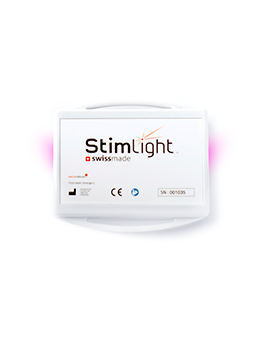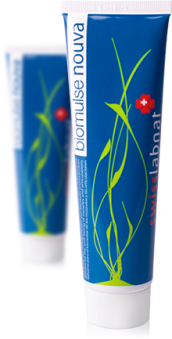back pain
Back pain is the evil of the last five decades. The sedentarization of work, the time spent in the car or public transport, stress, bad bedding or drafts are all causes for as many different back pains.
Let’s first identify the different categories of back pain. We observe a first set of pains classified according to the duration and a second according to the mechanism.
Back pain classified by duration:
Acute pains
Severe back pain lasting from a few days to a few weeks.
Chronic pain
Dull back pain lasting more than 3 months with painless periods.
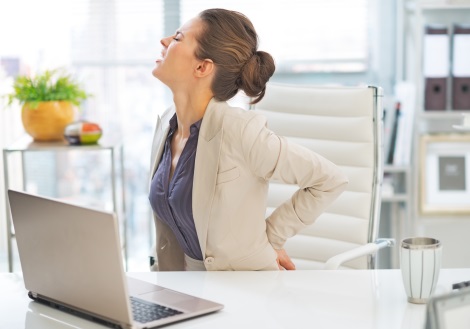
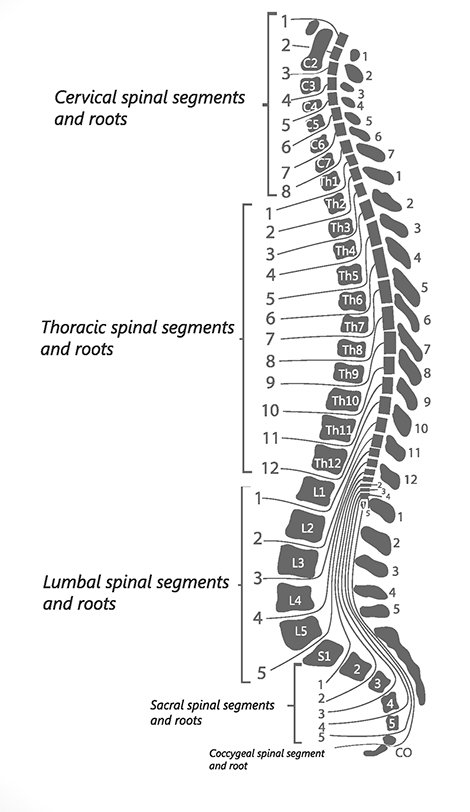
Back pain classified according to its mechanism
Inflammatory pain
These pains are not caused by a false movement and often occur at night or upon waking, accompanied by muscle stiffness and not disappearing with rest.
mechanical pain
These back pains are triggered by movements occurring during the day and can be relieved by rest and analgesics.
Back pain is also distinguished by its location
We are talking about
low back pain
For pain in the lower back.
neck pain
For neck pain.
back pain
For pain ranging from the middle to the upper back.
Sciatica
For pain along the path of the nerve.
Kidney circumference
For lower back pain.
low back pain
We speak of low back pain for a very specific pain located in the region having for axis the 5 lumbar vertebrae, in the lower back. Lower back pain can be acute (appears suddenly and disappears quickly) or chronic, which can then last several months. Low back pain is either inflammatory or mechanical.
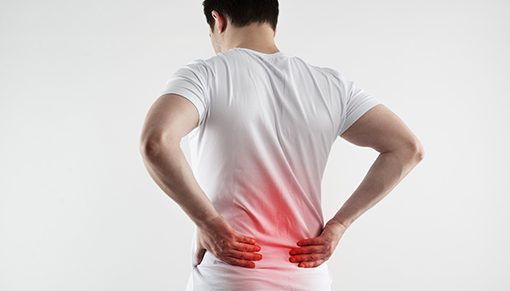
Mechanical low back pain occurs during the day, is aggravated by physical exertion and sudden or large-scale movements and is relieved by rest. They are often triggered by damage to the intervertebral discs or osteoarthritis in the vertebrae following a false movement or minor trauma. Inflammatory lower back pain is often nocturnal and is not relieved by rest. They present stiffness in the painful area after an inactive period such as a night’s sleep and are due to inflammatory or infectious diseases.
We advise you to consult a doctor if the pain is acute, persists and becomes disabling or if the pain seems inflammatory (nocturnal, sudden and does not disappear at rest: lumbago). For the rest there is swisslabnat.
back pain
Dorsalgia is pain that takes the upper part of the back to its middle. Located in the axis of one or more of the 12 dorsal vertebrae, the causes of this pain are diverse.
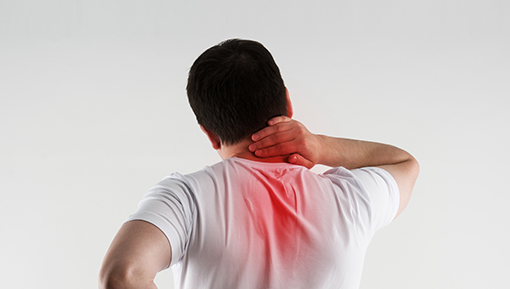
It can follow a degeneration due to aging such as osteoarthritis, caused by poor posture, be inflammatory in connection with certain pathologies such as ankylosing spondylitis or even be of traumatic origin after a shock.
We draw your attention to the fact that some back pain can be so-called “projected” pain, that is to say pain in an internal organ which results in pain in the back, sometimes it is the case of heart, lung or digestive pain, this is why we advise you to be attentive to your whole body and to go to your doctor if the back pain seems suspicious to you.
We will not treat back pain in the same way depending on whether it is of bone, visceral or muscular origin, however weight control and regular physical activity help to fight against all chronic back pain.
For the rest there is swisslabnat.
Sciatica
We suffer from sciatica when the pain is concentrated along the sciatic nerve which arises from the meeting of two roots from the spinal cord: the L5 root emerging between the 4th and 5th lumbar vertebra and the S1 root emerging between the 1era and the 5th sacral vertebra.

The sciatic nerve descends behind the thigh then goes to the back of the knee and then continues either behind the leg (internal popliteal sciatic nerve) or on the outer side of the leg (external popliteal nerve) then returns to the front of the foot. Sciatic pain will therefore follow the course of the nerve and will begin with intense pain felt in the lower back. This pain is caused by irritation of the sciatic nerve most often following compression of this nerve by a herniated disc or more rarely by bone compression (tumor, fracture, etc.).
Sciatica is treated with rest, analgesics (lemon eucalyptus, thyme, sage) and chemical or natural anti-inflammatories (wintergreen, lavender, arnica, chamomile, ivy). The pain usually subsides within a week, but treatment can be combined with physiotherapy sessions once the acute phase has passed.
It is essential to consult a doctor when no treatment relieves the pain, in the event of paralysis of the lower limbs following the pain or even if one encounters difficulties in urinating.
The "turn of the kidneys"
If “having kidney pain” does not necessarily mean that the pain comes from the kidneys, we immediately understand that it is a pain in the lower back while the kidneys are located higher up, below the last ribs on either side of the spine.
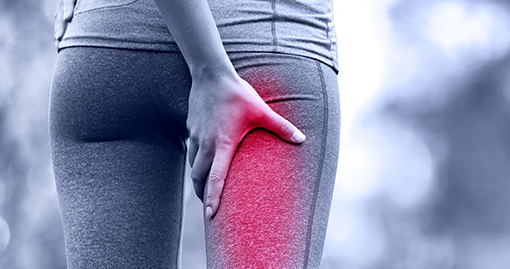
The kidneys can however trigger pain that can radiate to the lower back in the case of renal colic (presence of stones in the urinary tract) or even pyelonephritis, that is to say an upper infection of the urinary tract. Lower back pain that is not caused by these two pathologies can be of muscular, discal, traumatic, rheumatic, bone or visceral origin (gynecological condition).
These pains are most often treated with analgesics (lemon eucalyptus, thyme, lavender leaf sage) and anti-inflammatories (wintergreen, chamomile, arnica, ground ivy) although renal pathologies require treatment. more specific such as lithotripsy for renal colic and antibiotics for pyelonephritis.
Our products will help you reduce pain
It is essential to consult a doctor when no treatment relieves the pain, in the event of paralysis of the lower limbs following the pain or even if one encounters difficulties in urinating.
Some products that might interest you
Ciserbe Nouva TM
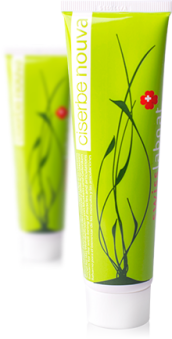
Relieves joint and muscle pain, the feeling of heavy legs and soothes irritated skin.
